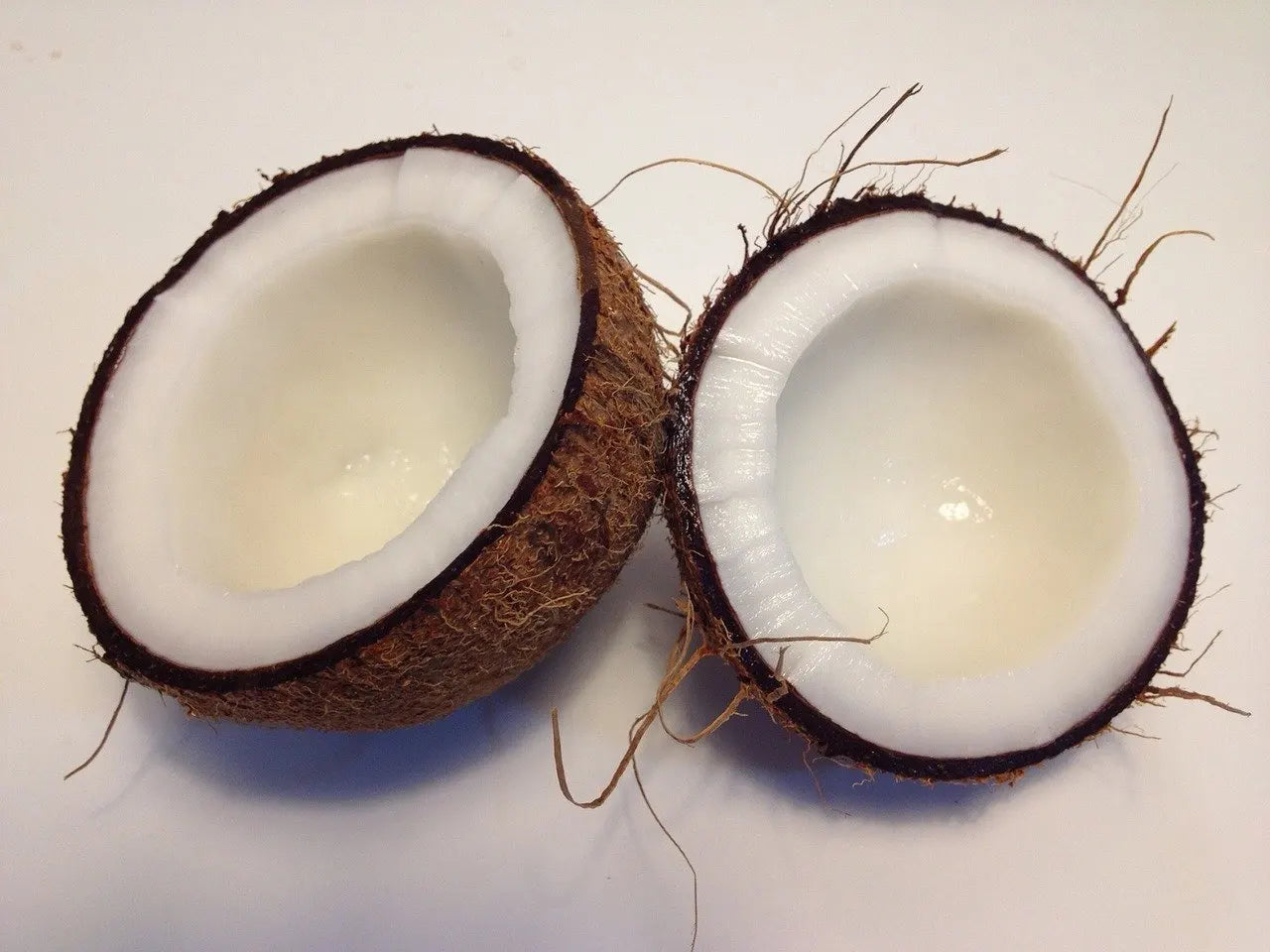The Root to Success
With a few notable exceptions, most plants have evolved to grow with their roots buried in soil. Ok, so many Orchid varieties grow on the sides of trees, and some plants develop water roots that dangle into running water, but on the whole, these plants are the exception. Most plants in nature grow in soil.
Over the years since then, there have been several additions to the range of hydroponic mediums. The most notable of these have been expanded clay pebbles and perlite. However, in recent times, a new medium has emerged that has steadily grown in popularity and that medium is coco coir.
There's a New Kid on the Block!
Coco Coir is basically the ground up husks of coconuts. Nothing more and nothing less. Of course the milk and the flesh of the humble coconut has has always been used by us humans. In places where they grow natively, the husks have been used for centuries for making items such as bowls and craftwork items. But for growing plants in?? That surely seems to be an idea to have come out of nowhere!
Coconut husks consists mainly of fibres and dust. The husk are soaked in water (a process called "retting") which allows a lot of the thicker fibres to be removed easily. The remaining fibres and dust are then processed further to allow for some further decomposition to occur. The remaining substance consists of particles of various sizes and some short fibres.
This coconut coir, or "peat", is clearly a nice natural product and it has some very nice properties. It is highly absorbent, but still allows excellent drainage even when fully soaked. This property makes it ideal as a soilless grow medium as it has the moisture retention of soil, yet retains the drainage properties of a typical hydroponic medium such as clay pebbles. As if that wasn't good enough, coconut peat also naturally contains spores of trichoderma fungi - a plant-friendly fungus that actively feeds on pathogenic root fungi such as pythium. Coco is usually transported and sold as dried bricks. This is very convenient for the end-user as the bricks can be easily transported and then stored in a small space until needed, and simply soaked and expanded when required.
From A Difficult Birth...
The emergence of coco peat as an almost ideal grow substrate was not without its setbacks. Often the husks had been retted in seawater, and the resulting medium contained high levels of sodium. Also, because of a lack of correct processing, the coco had something called a "high cation exchange capacity". This meant that the coco would "hang-on" to positive ions such as calcium and magnesium while it released large amounts of other positive ions such as the sodium and potassium. This led to all sorts of problems for the early-adopting growers in the medium. Unexpected nutrient deficiencies would crop up and wouldn't go away and many growers tried and eventually gave up on the medium.
...To a Shining Outcome!
Fortunately, almost all the coco peat sold today for soilless growing undergoes much better processing, and the above problems are a mere shadow of what they once were. Yes, coco still absorbs calcium, phosphorous and magnesium to a certain extent, and it still releases some potassium. However, this effect is now fairly minimal and it can be easily managed by simply using a quality brand of coco and a quality branded coco specific plant nutrient that has an appropriately adjusted nutrient profiles.
For the best plant growth, the nutrient solution used with coco-grown plants needs to have a pH value of about 5.5 - 6.1.
The excellent absorbance and drainage qualities of coco means that it not only lends itself well to hydroponics, but also to hand-watering. Apart from using a different type of feed and pHing the feed-water, coco can almost be used as a direct replacement for soil, and it has the added benefit of being easier to flush. This is because soil tends to clod when it becomes saturated and then barely allows water to pass through it. Coco does not clod, allowing a lot of flushing through with plain water in the last week of a grow before cropping.
It's a Live Medium, Just Like Soil!
Coco also makes a very good home for the same organisms that live in soil. Plants live symbiotically with many of the natural bacteria and fungi that make soil their home. This means that, biologically speaking, plants are generally more at home in coco than most other hydroponic substrates. You can always boost the size of the poulation of beneficial microbes with a additive like Ecothrive Biosys. Remeber to get rid of the chlorine or chloramine in the water with Ecothrive Neutralise. This will make sure the microbes don't become inhibited or killed by the chlorine.
So, if you want the benefits of a soil grow, but without many of the drawbacks, why not give coco a go?

